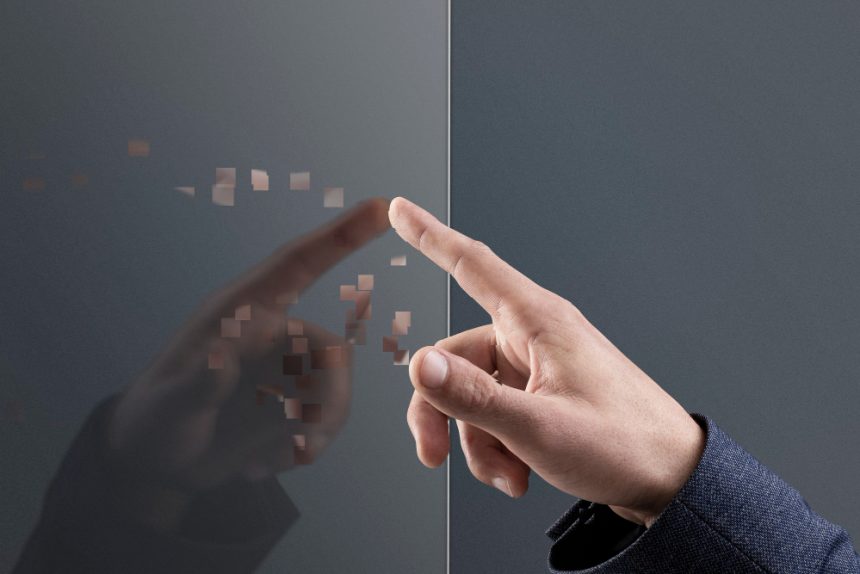In today’s fast-paced, digital-driven world, technology is woven into virtually every aspect of our lives. You probably carry your smartphone everywhere — and it’s not just about making calls or sending texts anymore. From the moment you wake up and check your notifications to the endless feeds you scroll through during breaks, tech is nudging your choices in ways you might not even notice.
Think about your daily routines: choosing a movie to watch, selecting a restaurant for dinner, or even deciding what clothes to wear. Often, these decisions are influenced by recommendations you see online, notifications you get, or the ads that pop up just when you’re about to make a move. That’s no accident. These systems are designed to shape what we consider, what we prefer, and ultimately what we do — all subtly, almost invisibly.
Smart devices in our homes, like thermostats or AI assistants, help us manage tasks with a few commands. But at the same time, they’re collecting data about our habits. Every tap, click, and voice command feeds into complex algorithms that analyze what we like and what we do. These algorithms then personalize content — whether it’s suggested videos, news stories, or online shopping recommendations — creating a tailored experience meant to keep us engaged.
All these interactions influence our choices for entertainment, shopping, socializing, and even how we see ourselves. And the interesting part? We often aren’t fully aware of how much influence these tools have over our lives. They’re engineered to keep us hooked, encouraging us to spend more time online, buy more products, or engage with certain ideas, all while feeling like we’re making free, independent decisions.
Understanding just how much these tiny, often unconscious nudges shape our lives can help us become more aware. When we realize that many of our choices are shaped by underlying tech patterns, we can start to reclaim some control. After all, technology has incredible benefits — like making life easier and connecting us with loved ones — but recognizing its influence helps us navigate this digital landscape smarter and more intentionally.
Decoding the Hidden Patterns Behind Tech-Driven Decisions and What It Means for Us
Behind every click and swipe, there’s a complex system working to influence our decisions. It’s not just about random content appearing on your screen — it’s about carefully crafted patterns designed by data scientists, app developers, and marketers to keep us engaged and steer our choices.
At the core, these systems use sophisticated algorithms that analyze vast amounts of data — what you search for, how long you view certain posts, what links you click, and even how you interact with friends online. Based on all this, the algorithms make predictions about what you might like or need next. And then they serve up personalized content, ads, or recommendations that are tailored just for you.
For example, social media platforms are engineered to keep people scrolling by continuously feeding content aligned with individual preferences. If you watch a lot of travel videos, the platform learns that you’re interested in exploring new destinations. Suddenly, your feed is flooded with ads for flights, hotels, or travel gear. It feels natural, even spontaneous, but it’s actually part of a calculated pattern to amplify your interest and keep you hooked.
Similarly, e-commerce sites don’t just randomly show products; they use your browsing and purchase history to suggest items you’re more likely to buy. This is driven by what psychologists call “confirmation bias,” where we subconsciously seek out information or products that reinforce our existing preferences.
These patterns create a feedback loop — your choices influence the algorithms, and the algorithms influence your future choices. Over time, this can shape your habits, opinions, and even your identity in subtle ways. You might start to see your preferences aligning more with what these systems promote, often without realizing that you’re being gently guided.
What does this mean for us? Well, awareness is the first step. Recognizing that many of our decisions are influenced by unseen but powerful patterns lets us step back and think critically. Are we choosing with intention, or are these choices being subtly shaped by algorithms? Can we diversify the content we consume, or question why certain products or ideas keep appearing in our feeds?
By understanding these hidden influences, we can maintain greater control over our digital lives. That might mean consciously seeking out diverse perspectives, limiting exposure to targeted ads, or simply being more mindful of the content we consume. After all, technology offers incredible opportunity — but it also comes with complex patterns that influence our behavior.
In the end, it’s about being informed so we can navigate the digital landscape not as passive consumers but as active decision-makers. Recognizing the subtle ways tech shapes our choices empowers us to engage more thoughtfully with the digital world around us.










